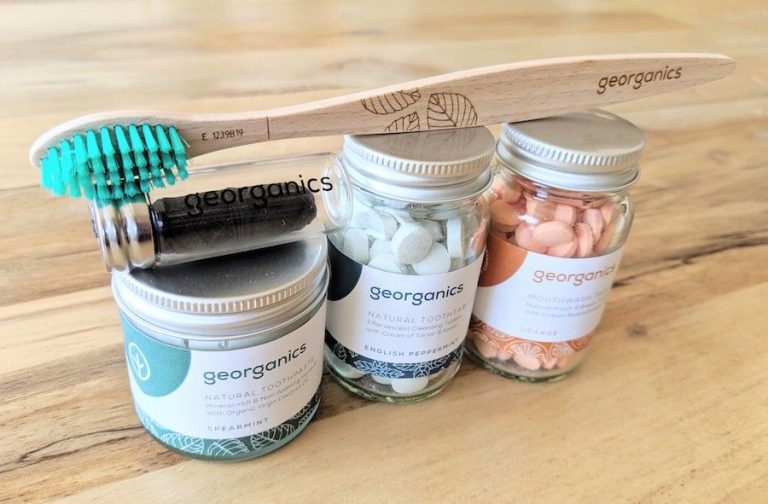How Do I Make A Candle Logo?
Candle logos have become hugely popular for small businesses and startups, especially those in the home decor, self-care, and gift industries. The warm, welcoming vibe a candle conveys makes it an approachable and inviting symbol for brands looking to connect emotionally with customers. Candle logos also communicate craftsmanship for handmade goods and evoke coziness for services like vacation rentals. With customizable shapes, colors, styles, and branding elements, candle logos allow new brands to quickly establish visual identity. The nostalgic and timeless associations people have with candlelight ensure candle logos will continue attracting businesses for years to come.
Choosing a Style
One of the biggest decisions when making a candle logo is choosing a style that fits your brand. There are two main options to consider:
Minimalist
A minimalist candle logo focuses on simple lines and shapes. It often features a single candle with minimal to no details. This clean, modern look works well for brands that want to convey sleekness and sophistication.
The main advantage of a minimalist candle logo is that it looks striking yet remains versatile for a variety of uses. The logo is easy to resize and recreate. The downside is that it may not stand out as much compared to more detailed logos.
Detailed
A detailed candle logo incorporates more realism through shading, textures, and extra elements. This could include wicks, wax drips, flames, smoke, or candle holders. While minimalist logos use solid colors, detailed logos add highlights and shadows.
The advantage of a detailed candle logo is that it makes a bolder visual impact. The extra elements can reinforce ideas like tradition, nature, and craftsmanship. The drawback is that removing finer details can make the logo harder to scale.
When deciding on a logo style, consider your brand personality and marketing goals. A minimalist logo offers flexibility, while a detailed logo provides more visual flair.
Selecting Colors
When designing a candle logo, carefully consider the colors you choose and what feelings or meanings they evoke. Select colors that align with your brand identity and values. For example:
– Reds, oranges, and yellows are often seen as warm, fiery, or passionate colors. They evoke energy and excitement.
– Greens and blues are cool, calming colors. They give a sense of tranquility, healing, or refreshment.
– Purples can symbolize imagination, spirituality, or luxury. Pale purple is soft and romantic.
– Neutral colors like white, black, gray, or brown project simplicity, minimalism, and integrity.
You can use just one color for a clean, focused look. Or combine colors for contrast and visual interest. Pick colors that stand out well against each other. Just be sure to limit your palette so the logo doesn’t look too busy.
Consider cultural meanings of colors too. For example, white is associated with purity and innocence in Western cultures, but with death and mourning in some Asian cultures. Make sure your color choices align with your target markets.
Deciding on Realism
When creating a candle logo, an important design decision is whether to go for a photorealistic or a more abstract, cartoon-like flame. Both approaches have their merits.
A photorealistic flame can look more elegant and refined. Subtle lighting effects and a natural shape can give the impression of a real candle flame. This can work nicely for candle brands aiming for an upscale, sophisticated image.
On the other hand, an abstract or cartoon flame style allows more creative freedom. You can incorporate warmer colors like reds, oranges, and yellows without worrying about realism. The flame shape can be exaggerated and stylized. This playful, fun approach may suit younger brands or candle products targeting kids and teens.
Consider your target audience and brand personality when deciding on realism. A romantic brand for couples may prefer a photorealistic flame, while a nostalgic toy brand may want a retro cartoon-like flame. There are no right or wrong answers—go with the style that best captures your brand’s vision.
Incorporating Text
Adding text to your candle logo can give it more context and make the overall branding more cohesive. When adding text, be thoughtful in your font selection and make sure the text is easy to read at different sizes.
Aim for a font pairing that complements the image. For example, a flowing script font could pair nicely with a more realistic candle drawing, while a clean sans-serif font may look better with a flat, graphic candle. Stay away from overly elaborate script fonts that could be difficult to decipher.
Test your text at very small sizes to ensure it remains legible when used for avatars, mobile screens, and other tiny applications. Consider simplifying or removing fine serifs or small decorative elements if they start to muddy the letters.
Make sure to leave sufficient space between lines of text and around the edges so the words don’t feel crammed. Leading (space between lines) of at least 120-150% of the font size is a good target. And don’t forget to make the text large enough to read at a glance.
With thoughtful typography choices that enhance readability across sizes and applications, your candle logo text can tie the branding together into one cohesive and professional-looking design.
Adding Dimension
An effective way to add visual interest and dimension to a candle logo is by incorporating shadows, reflections, and gradients. Shadows and reflections can make a flat, two-dimensional design pop off the page and appear more realistic. Subtle drop shadows behind the candle flame or wax can simulate depth and perspective. Reflections of the flame underneath the candle can also enhance realism. Gradients in the wax, wick, or flame can add smooth color transitions to help convey shape. Using gradients from dark to light can portray lighting effects. Blending different colors in the flame with a gradient can also add life and vibrancy.
When adding dimension through lighting effects, aim for subtlety. You want to enhance the logo without creating too much busyness. Make sure shadows, reflections, and gradients complement the overall style rather than compete with the main design elements. The dimension should support the logo and brand identity rather than draw attention away from the focal point.
Animating Your Logo
Animation can be a great way to enhance your candle logo, especially if it will be used digitally. Subtle motion can bring your static logo to life and make it more eye-catching and memorable for viewers. When animating your candle logo, opt for minimal, elegant motion to avoid distracting from your brand.
Some simple ways to animate a candle logo include having the flame flickering gently, the wax dripping slowly, or the smoke wafting up softly. You can also add a very light sway or pulse to the entire logo. Keep any movements subtle and natural to reflect the calming effect of a real candle. Avoid overly complicated animations like letters moving or excessive transformations – simplicity is key.
Test your logo animation at different sizes it will be viewed, like website headers or mobile apps, to ensure the motion reads well and isn’t too distracting. You want to find the sweet spot where it provides some gentle dynamism without being overwhelming. With a candle logo, less movement is often more impactful.
Testing at Different Sizes
Once your candle logo design is complete, it’s important to test how it looks when scaled down to different sizes. One of the most critical tests is scaling your logo down to the size that will be used for business cards.
When scaled down to a tiny business card size, some details in your logo may get lost or blurred. Fine lines and intricate textures that looked great at full size may not reproduce cleanly. The name of your company in your logo text may become difficult to read.
To ensure your candle logo works for business cards, resize it to around 2 inches wide. Zoom in and inspect all the fine details. Check that your text is still legible. Make adjustments and simplifications if needed so that your logo is clean and recognizable even when miniaturized.
Consider adding a simplified version of your logo for small sizes if your main logo has extra embellishments and details that don’t scale down well. Having a simplified “small space” version ensures you have a logo that represents your brand in any size.
Evaluating Overall Impact
Once your candle logo is complete, take a step back and evaluate its overall look and feel. A strong logo should be memorable yet appropriate for branding candles. Some key things to consider:
Does the logo clearly convey candles or fire? Subtlety can work but you want the association to be relatively obvious. Examine the shapes, colors, textures and imagery used – do they scream “candle” or just weakly allude to it? If the latter, make some tweaks to strengthen the connection.
Is the logo eye-catching and unique or does it blend in too much? Standing out helps drive brand recognition so don’t be afraid to be bold and distinctive. Just ensure your logo doesn’t appear overly flashy or gimmicky.
Does the logo work when scaled up or down? Test how it looks at different sizes and make adjustments so it’s legible and impactful at both large and small dimensions.
Is the logo timeless or trendy? Aim for something classic that won’t appear dated after a few years. unless you’re intentionally going for a trendy look.
Does the logo properly convey the personality and values of your brand? Make sure it aligns with the emotions and attributes you want associated with your candles.
Trust your instincts. If something feels off, don’t ignore it. Don’t finalize your logo until you feel it perfectly captures the essence of your brand.
Finalizing and Exporting
Once you have completed designing your candle logo, it’s time to finalize the file and export it properly. Choosing the right file format and resolution is crucial for maintaining high quality across different uses.
For maximum versatility, export your logo as a vector file such as AI, EPS, or SVG. Vector formats allow the logo to scale to any size without losing resolution or getting pixelated. This makes the logo suitable for both digital and print uses at a wide range of sizes.
You should also export high-resolution raster versions such as PNG, JPEG, or TIFF. These are useful for more specialized purposes like website graphics or social media images. Export your raster logos at the highest resolution possible, at least 300dpi. Never scale a raster logo beyond its original size to avoid losing image quality.
Finally, double-check all versions of the exported logo files. Zoom in close and look at the edges to ensure they appear clean and sharp with no artifacts or blurring. Your final candle logo should display beautifully at any size.




